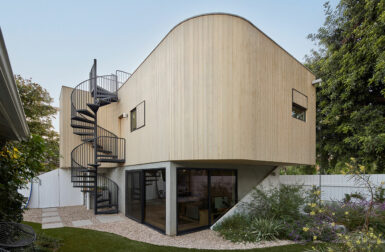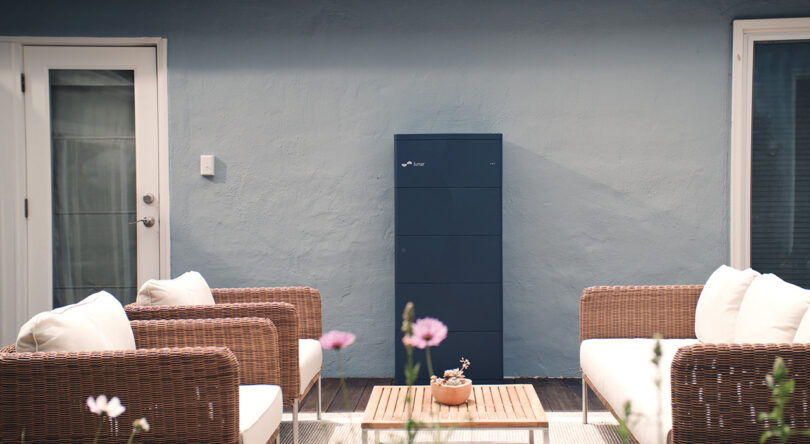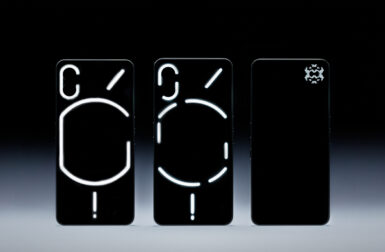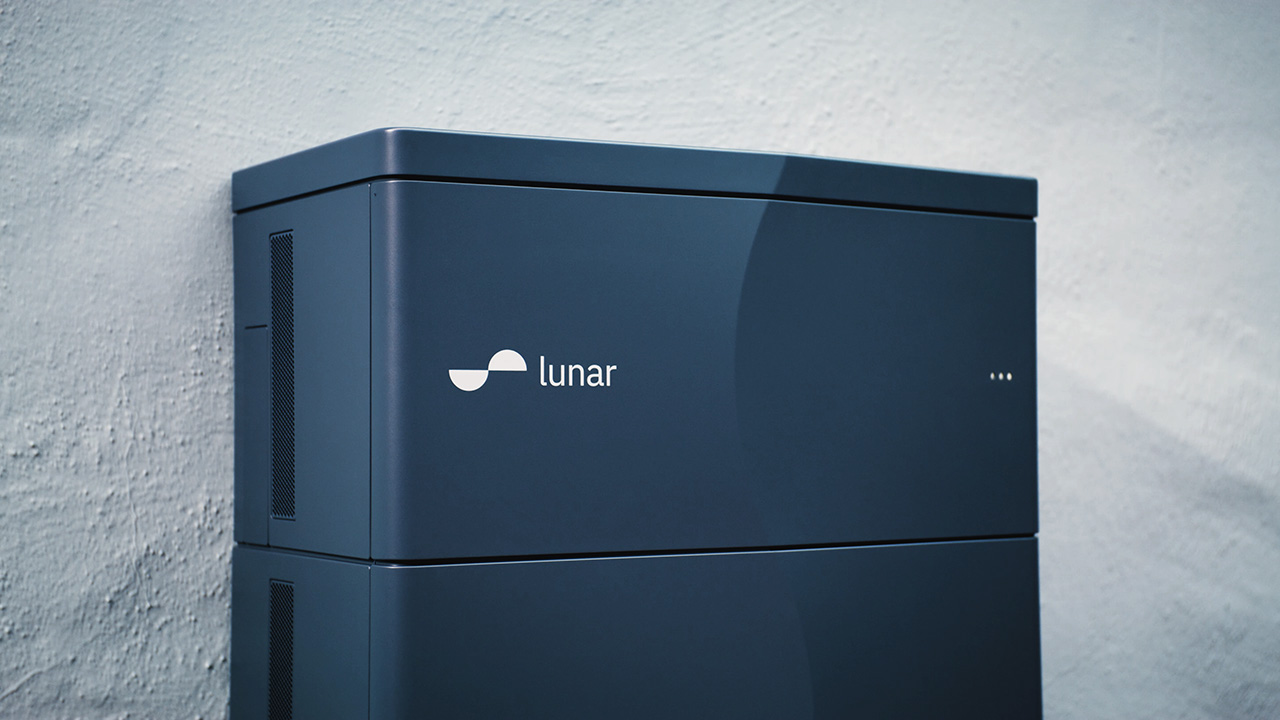
There are certain elements of a home we often have to resign to sacrifice in regards to aesthetics in exchange for the services and conveniences they provide: hot water heaters, water softening/filtration systems, sprinkler systems, and solar panels to name a few. That last category dedicated to providing energy powered by sunlight has grown into a robust industry catering to homeowners looking to ease growing energy costs, with supplemental battery storage systems shaping to be a necessary component of the home energy equation.
But as anyone researching residential energy storage systems quickly discovers, most battery systems are more desirable hidden away from view. Because nothing says eyesore more than big blocks of batteries with visible cables and wires required to connect the system to the energy pathways of your home. Lunar Energy’s Head of Design Matt Jones set out to find a way to balance functionality and aesthetics in a category within residential emphasizing the former rather than the latter.
Because Lunar’s hardware is intended to sit outside and be exposed to the elements, changes in humidity, not to mention curious wildlife outside the home for 20+ years, the company identified an opportunity to set themselves apart in a way that would naturally appeal to homeowners. In a video dedicated to the design of the system, both Jones and Lunar’s Mechanical Engineering Manager Erica Lewis emphasize decisions such as specifying higher grade aluminum, choosing aesthetic contemporary colors, and designing an exterior catering to a simplified and compact presence will all help adoption rate since it allows customers to better determine where they want to install a traditionally physical imposing presence.
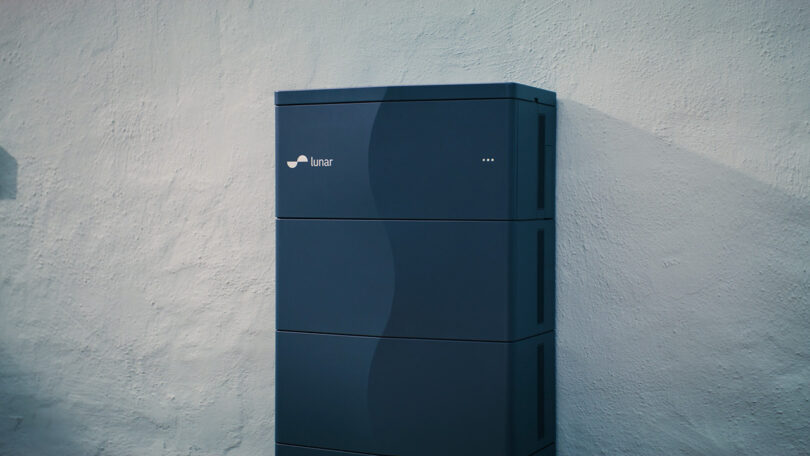
The system is designed as a modular unit system, which means you can start with just enough for power outages, and in time add more battery capacity as needs/requirements grow. The Lunar System’s modular design allows for 10kWh to 30kWh of capacity in a single unit, with pouch cells of Nickel Manganese Cobalt allowing for increments of 5kWh between.
Lunar Energy is making a clear stab at stealing away potential Tesla Powerwall customers with their own battery storage system created with a design closer to a large home appliance rather than a residential infrastructure component you’d want to hide away. Pair that with their user-friendly smart home app integration for controlling and monitoring power storage+consumption, and the daunting responsibility of managing electricity at home seems as simplified as any other smart home app.

Lunar System owners can set their home power consumption to draw entirely from the battery for a specified time rather than the grid.
Lunar’s attention to design extends even into its non-visible internals. The system was designed in relation to the 95th percentile of male hand sizes to ensure internal components are easily manageable for electricians, a demographic represented by the larger handed. Lunar Energy’s efforts earned the company an iF Design Award 2023 award.
As a new homeowner scheduled to install a solar system this autumn, my own interest about residential energy storage has grown from mere curiosity to longterm hope of adding such a simplified, automated – and aesthetic – solution delivering energy resiliency in a future shaping to be defined by rising costs and energy instability. Time will tell if Lunar Energy becomes a viable player or defining standard of good design in service of software-forward home power as the new landscape of Net Energy Metering 3.0 (NEM 3.0) implores more homeowners to invest in energy storage to supplement the grid.
